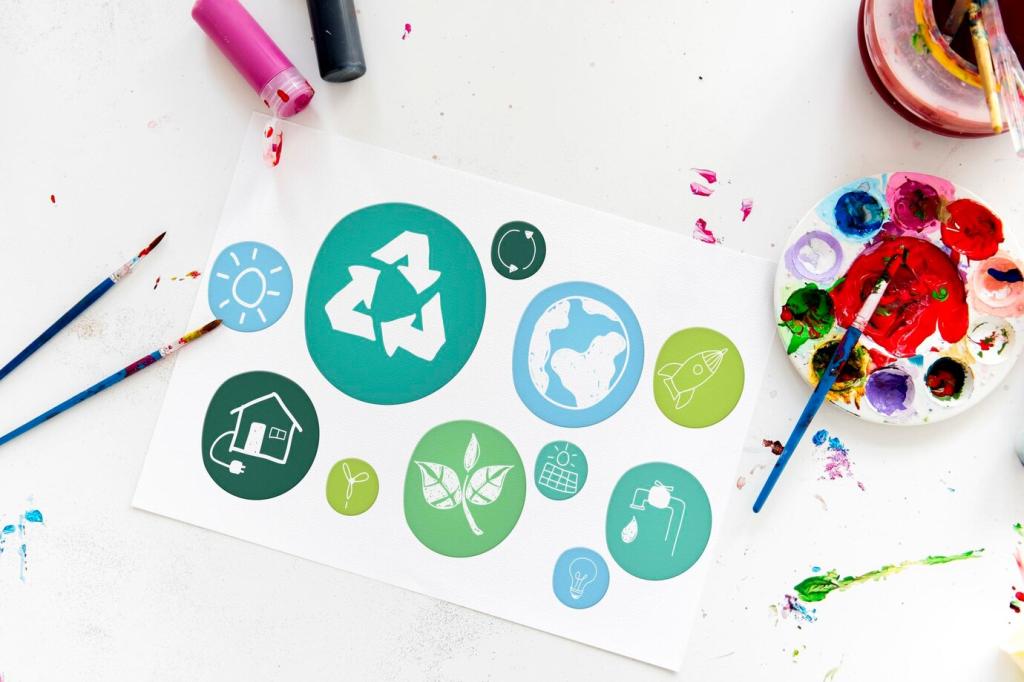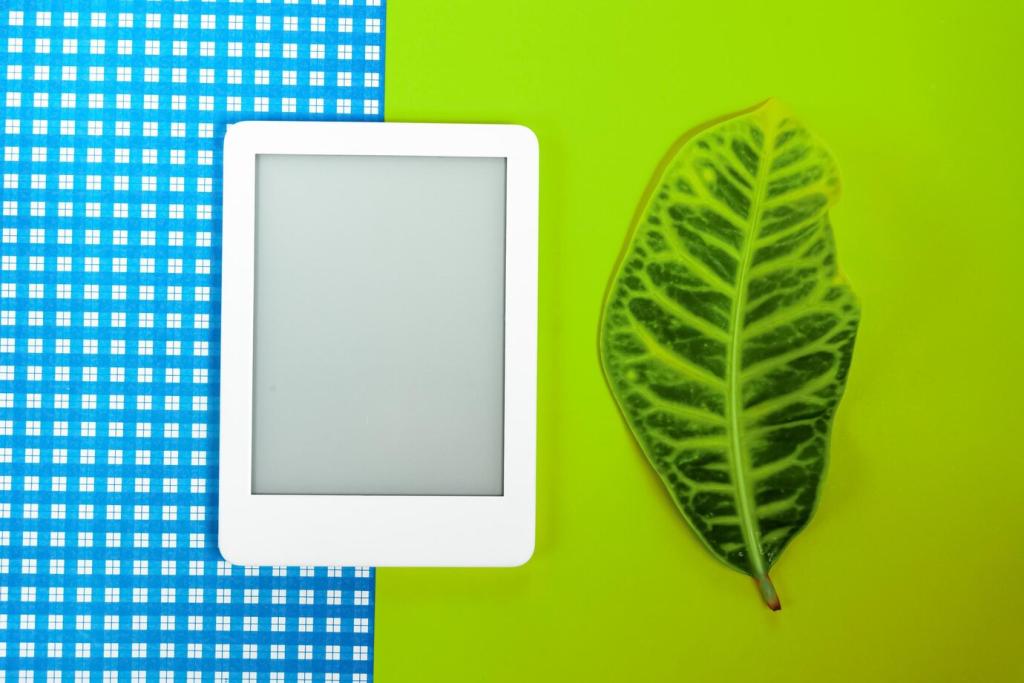Sustainable interior design is all about making conscious choices that benefit both your living environment and the planet. Embracing sustainability does not mean sacrificing style; rather, it encourages creativity, thoughtful resource use, and a healthier home atmosphere. By integrating eco-friendly approaches and materials, you can create interiors that are both beautiful and kind to the earth. Here, we share practical guidance, supporting you to make lasting and positive changes in the spaces where you live, work, and play.
Choosing Eco-Friendly Materials
Natural Fibers in Furnishings
Natural fiber options such as organic cotton, hemp, jute, and bamboo add beauty and comfort while being much friendlier to the environment than their synthetic counterparts. These fibers are biodegradable, renewable, and typically require less energy and water during production. When shopping for rugs, curtains, or upholstery, look for certifications like GOTS (Global Organic Textile Standard) that ensure ethical and sustainable production methods. Natural fibers also tend to be more breathable, contributing to better indoor air quality. Unlike petroleum-based options, they don’t emit harmful VOCs (volatile organic compounds) that can degrade your home’s air. Over time, these sustainable materials can be easily recycled or composted, further reducing waste and your ecological impact.
Recycled and Upcycled Products
Incorporating recycled and upcycled materials into your interior not only diverts waste from landfills but also adds unique character to your spaces. Recycled glass countertops, reclaimed wood flooring, and furniture crafted from repurposed materials are popular options. These products often tell a story, bringing a sense of history and individuality to your interior. By choosing items with a previous life, you actively support a circular economy where resources are kept in use for as long as possible. Upcycled décor, such as vintage tin planters or refurbished lighting fixtures, can serve as stunning conversation pieces while also reflecting your environmental stewardship.
Low-Impact Paints and Finishes
Traditional paints and finishes release VOCs, which contribute to indoor air pollution and can cause various health issues. Switching to low or zero-VOC paints reduces these harmful emissions, helping to create a safer and more comfortable environment inside your home. Many eco-friendly brands also use natural pigments and renewable binders, further lessening their environmental impact. These paints and finishes not only provide vibrant, long-lasting color but also protect your family’s health. They are an essential component in any sustainable renovation or new build, ensuring that every surface in your home upholds your commitment to green living.

Maximizing Natural Light
Designing to harness natural light involves more than simply placing a window in a room. It’s about thoughtfully arranging furniture, choosing reflective finishes, and considering window orientation to make the most of available sunlight. Utilizing sheer curtains or light-colored blinds can diffuse sunlight throughout your space, reducing the need for artificial lighting during the day. Enhanced daylighting not only saves energy but can also boost mood and productivity. Additionally, strategically placed mirrors can amplify light, making rooms feel more spacious and inviting while further decreasing electricity usage.

Smart Lighting Solutions
LED lighting is a game-changer when it comes to energy efficiency. Compared to incandescent bulbs, LEDs use significantly less electricity and last much longer, reducing both your energy bills and the frequency of replacements. Incorporating dimmer switches and smart controls lets you tailor light levels to your needs while optimizing efficiency. Occupancy sensors ensure that lights are off when rooms are unoccupied, eliminating unnecessary waste. Choosing lighting fixtures made from recycled or sustainably sourced materials can further enhance your home’s green credentials, ensuring that every aspect of your lighting plan supports a sustainable ethos.

Energy-Efficient Windows
High-performance windows built with double or triple glazing and low-emissivity coatings can dramatically improve your home’s insulation. This results in more stable temperatures year-round, reducing the workload on your heating and cooling systems. Energy-efficient windows help to block unwanted heat gain in summer and retain warmth in winter, minimizing your overall energy consumption. Complement these installations with thermal curtains or blinds for an even greater boost to your home’s thermal performance. Investing in the right windows is not just about saving money—it’s about creating a more comfortable, eco-conscious living environment.
Reducing Waste Through Thoughtful Design
Furniture that serves multiple functions or can be adapted over time offers a longer lifespan and prevents unnecessary waste. Modular sofas, extendable dining tables, or stackable chairs can be reconfigured as your needs evolve, ensuring that each piece remains useful over the years. This flexibility reduces the urge to dispose of items as your lifestyle changes, curbing the demand for new resources and minimizing landfill contributions. Adaptable furniture is a smart investment, marrying practicality with sustainability, and is especially suited for growing families or those who frequently relocate.

Incorporating Houseplants
Houseplants offer a natural way to filter air, absorbing carbon dioxide and releasing oxygen while breaking down certain toxins. Beyond their purifying properties, plants introduce a sense of calm and natural beauty to any room. Some, like spider plants, snake plants, and peace lilies, are especially effective at boosting indoor air quality. Incorporating plants into your décor can also connect you with the rhythms of nature, reminding you of the importance of nurturing living things and maintaining a healthy balance within your space.
Selecting Non-Toxic Materials
Furniture, flooring, and finishes that are free from harmful chemicals create a cleaner indoor environment. Look for products labeled as low-VOC or containing no formaldehyde and other off-gassing substances. These non-toxic options may include solid wood with natural finishes, wool carpeting, or soy-based foam cushions. Prioritizing health in your material selection is not only sustainable but also guards against issues like headaches, allergies, or respiratory problems that can be triggered by synthetic chemicals commonly found in home goods.
Proper Ventilation Practices
Thoughtful ventilation design ensures that fresh air circulates while indoor pollutants are removed efficiently. This can be achieved through operable windows, energy-recovery ventilators, and exhaust fans in high-humidity areas like bathrooms and kitchens. Regularly airing out your home—especially after introducing new furniture or finishes—helps dissipate lingering vapors and keeps your environment healthy. By making ventilation a key aspect of your sustainable design plan, you support clean indoor air and an overall sense of comfort in your living spaces.
Previous slide
Next slide
Installing low-flow faucets, showerheads, and dual-flush toilets can dramatically reduce your household’s water usage without compromising function or comfort. These fixtures aerate water or offer customizable flows, ensuring efficiency while maintaining performance. Upgrading to low-flow technology is a simple, cost-effective step that saves money and safeguards local water supplies. Many modern designs are sleek and stylish, providing sustainability alongside sophisticated aesthetics.
Conserving Water at Home
Incorporating Timeless Design
Avoiding Trend-Driven Changes
While trends can be tempting, rapidly changing décor leads to unnecessary consumption and waste. Favor classic silhouettes, neutral color palettes, and versatile designs that remain appealing over time. Timeless interiors rely on foundational pieces that adapt as your tastes evolve, reducing the urge for frequent makeovers. This strategic restraint keeps your spaces relevant and beautiful, limiting the impact on both wallet and planet.
Quality Over Quantity
Choosing well-made, durable furnishings ensures that each purchase lasts as long as possible. High-quality items may cost more upfront but are less likely to wear out, break, or go out of style—saving resources in the long term. Artisan-crafted pieces, solid hardwoods, and robust fabrics are all markers of quality that support sustainability. Investing wisely in fewer, better items reduces clutter and waste, setting the stage for sustainable living that is both elegant and responsible.
Flexible, Modular Layouts
Designing with modularity and flexibility in mind allows your spaces to adapt without complete overhauls. Moveable furniture, interchangeable components, and reconfigurable layouts cater to changing needs such as family growth or remote work. Timeless interiors consider the future, ensuring your space remains functional, beautiful, and sustainable as your life evolves. Adaptability in design helps avoid unnecessary demolition and new purchases, supporting an enduring commitment to sustainability.
